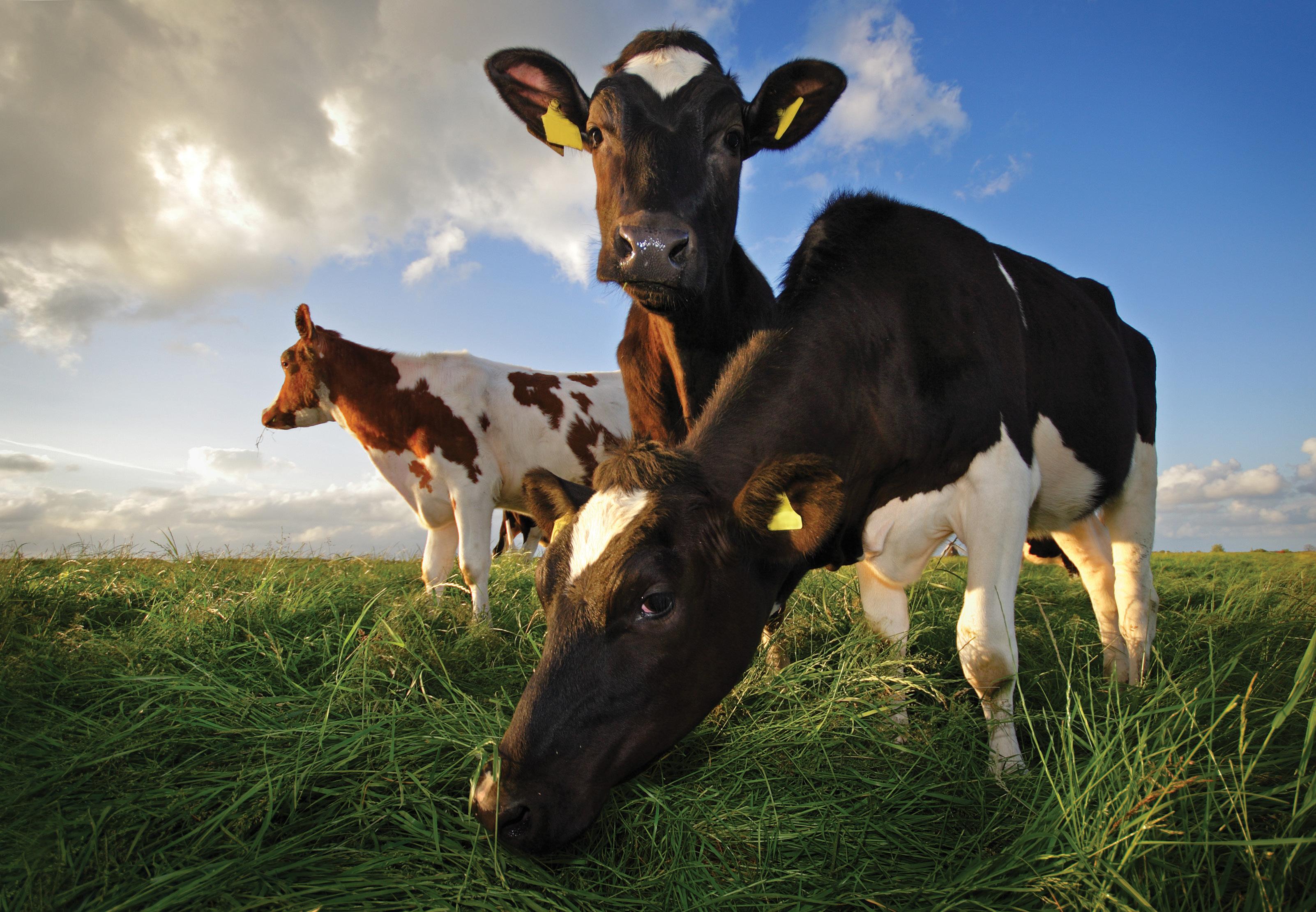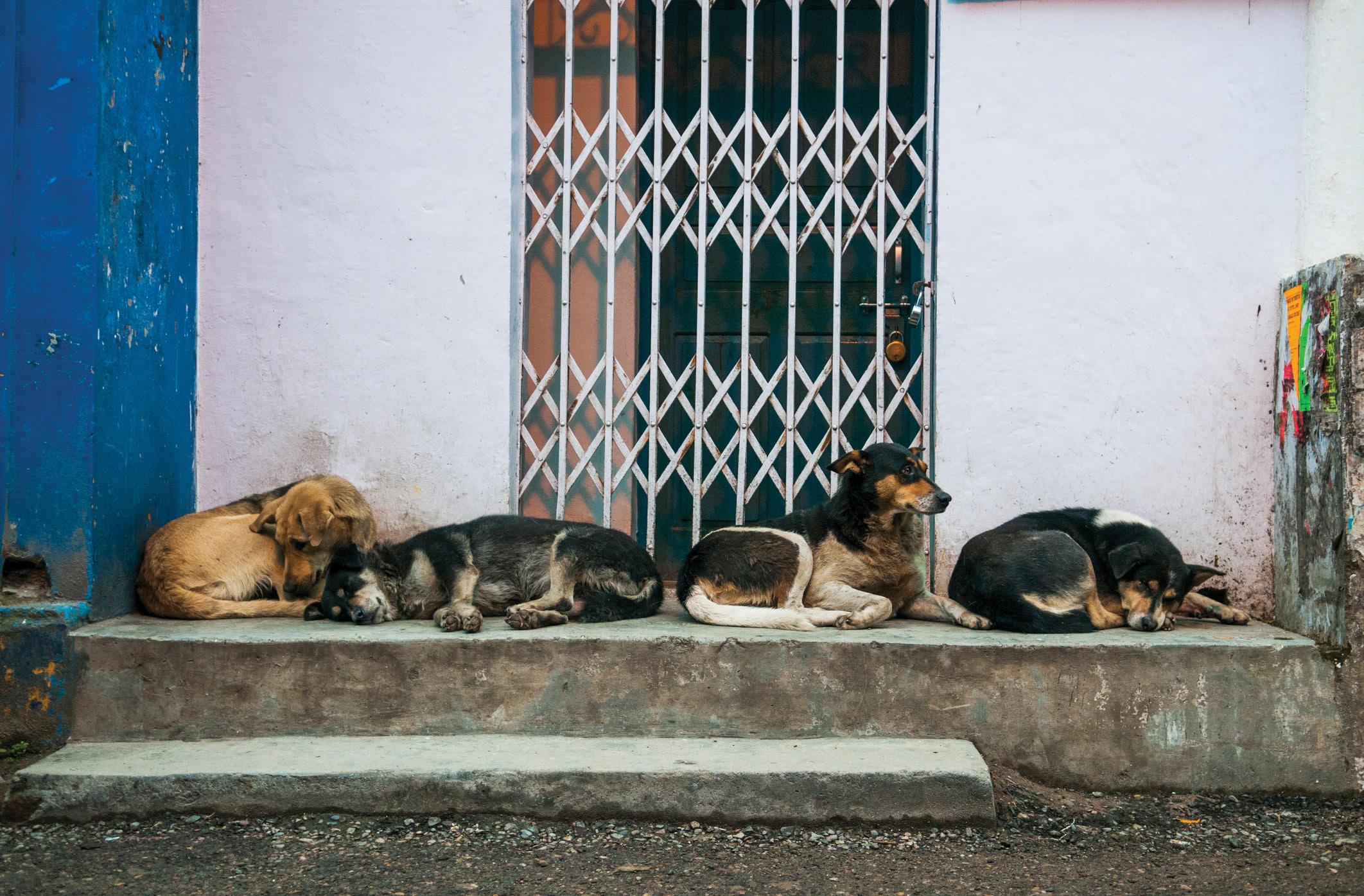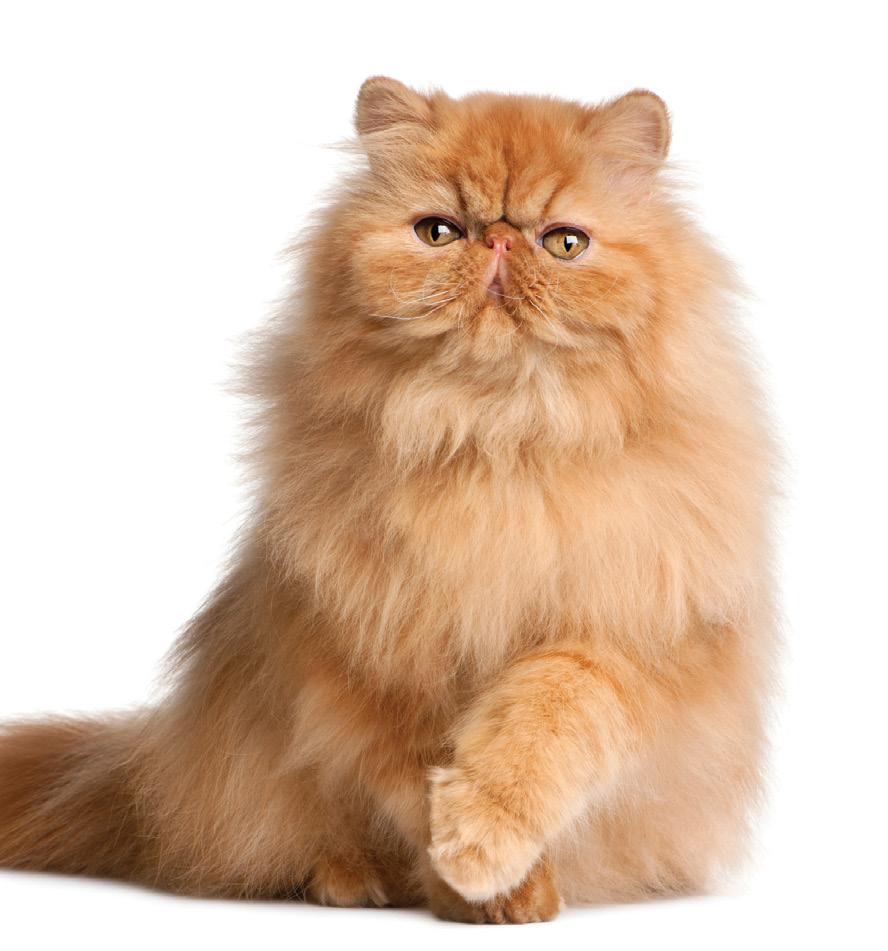
3 minute read
Animal welfare and ethics update
by VetScript
Welfare and ethics
UPDATE
Advertisement
Virginia Williams, for MPI and the NZVA, provides an update on welfare and ethics.
INSIDE OR OUT?
Pasture-based or confinement systems for cows? An article in the New Zealand Veterinary Journal asks the question in the context of dairy cow welfare, while accepting that consumers “perceive pasture-based systems of milk production as natural and therefore better for cow welfare than confinement systems”. In reality, many systems lie between the two extremes, with pluses and minuses for all. The authors conclude that the optimal system gives cows an element of choice for both environments. They also stress that, whatever the system, the quality of management may be as important as the system of management in ensuring good dairy cow welfare and addressing societal concerns.
REFERENCE:
Mee JF, Boyle LA. Assessing whether dairy cow welfare is ‘better’ in pasturebased than in confinement-based management systems. New Zealand Veterinary Journal 68, 168–77, 2020
AUTOMATIC VS CONVENTIONAL MILKING SYSTEMS
An Australian study aimed to determine whether transitioning to automatic milking systems caused changes in the humananimal relationship. In particular, it looked at stress levels in cows on five farms that were making the transition. The farms were first visited when they operated conventional milking systems, then a year later when they had completed the transition to automatic milking systems.
After a year cows decreased their avoidance distance from farmers by approximately 27% and farmers spent less time interacting with cows in the automatic system. Cows were also less fearful around people and showed reduced stress responses to close handling.
REFERENCE: Wildridge AM, Thomson PC, Garcia SC, Jongman EC, Kerrisk AL.
Transitioning from conventional to automatic milking: Effects on the humananimal relationship. Journal of Dairy Science 103(2), 1608–19, 2020
STREET ANIMALS AND PANDEMICS
WellBeing International reports that India’s lockdown in response to the global COVID-19 pandemic, ordered on 24 March and extended until 30 June, had some unintended consequences for the country’s many street animals. The animals’ diets mostly comprise leftover food from restaurants and eateries, so when the lockdown closed those businesses and put good Samaritans who also fed the dogs off the street, they began to starve. Fortunately the Indian Government declared that feeding street animals was an essential service, enabling animal organisations and advocates to distribute food where it was needed.

IMPROVING GLOBAL DOG WELFARE
The World Small Animal Veterinary Association and World Animal Protection (formerly the World Society for the Protection of Animals) have announced a new memorandum of understanding to improve the welfare of dogs globally. This will allow them to work collaboratively to raise awareness of animal welfare issues and promote animal welfare education.
The agreement will prioritise the importance of the veterinary role in humane dog population management and in the control and eradication of rabies. Both organisations intend to mobilise veterinary professionals to enhance the harmonious co-existence of dogs and humans.
AN UPDATE ON LIVE SHEEP EXPORTS
Following up the item in last month’s column on live sheep exports, Australia’s Department of Agriculture, Water and the Environment has introduced new measures to limit heat stress for the animals. Sheep exports are now prohibited at times when ships would arrive in the Middle East during the hottest parts of the year, mainly between May and October.
PERSIAN CATS
A Royal Veterinary College study has estimated that around two-thirds of Persian cats in the UK, where the breed is said to be the second most popular, suffer from at least one health condition. Because of the breed’s large, flat eye sockets and brachycephalic conformation, ophthalmic conditions are common, including chronic epiphora related to kinking of the nasolacrimal ducts that can result in facial irritation, non-healing corneal ulcers, corneal sequestra, entropion and decreased corneal sensitivity compared to non-pedigree cats.
Other key findings from this study were that dental disease was more common in males, while claw/nail problems were more common in females. The most common causes of death were kidney disease (23.4%) and cancer (8.5%), with the average lifespan of a Persian cat put at 13.5 years (which is a long time to have eye problems!).

REFERENCE:
O’Neill DG, Romans C, Brodbelt DC, Church DB, Černá P, Gunn-Moore DA. Persian cats under first opinion veterinary care in the UK: Demography, mortality and disorders. Nature Scientific Reports 9, Article number 12952, 2019










